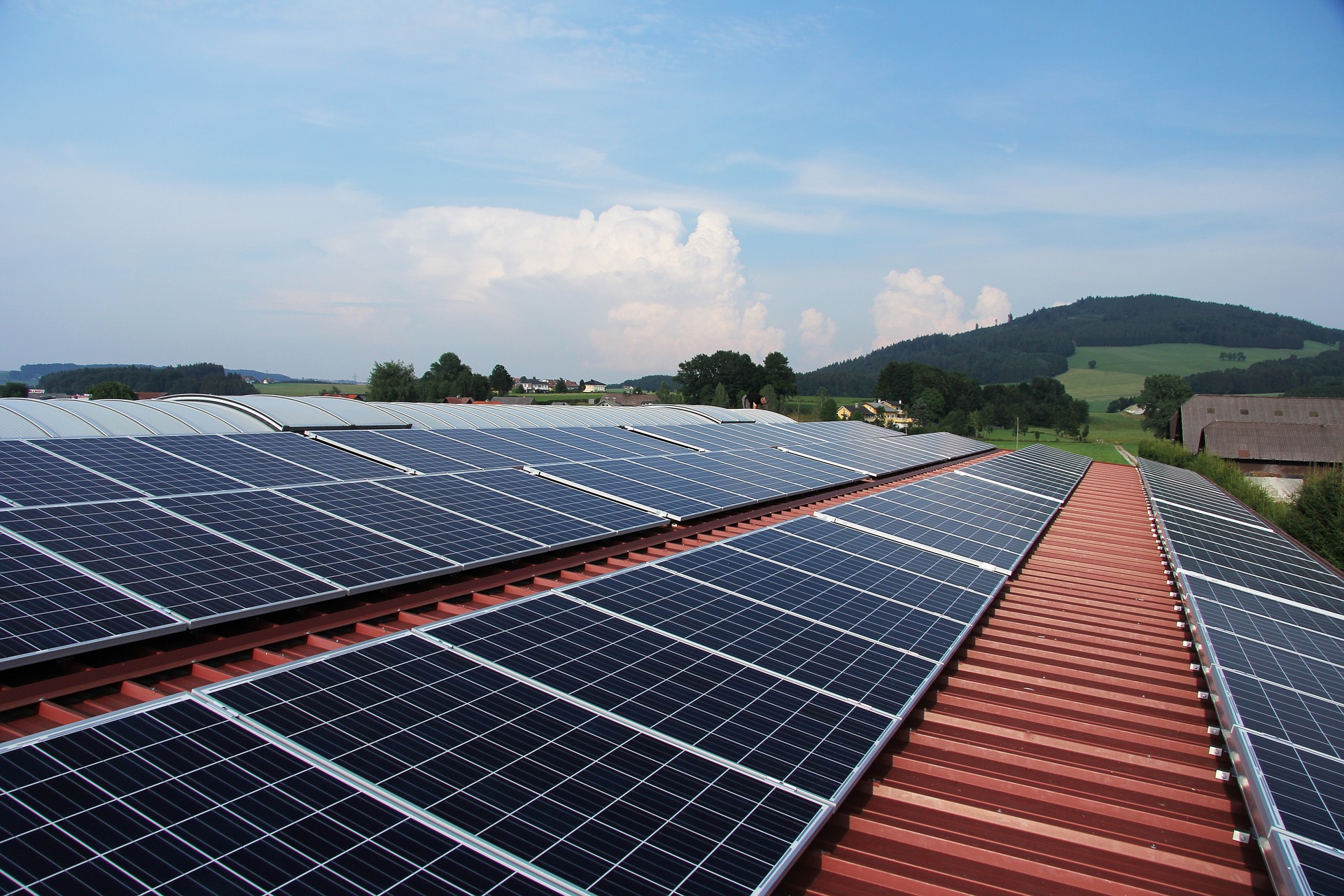
Solar energy is becoming a more common way to power our homes, companies, and communities. It is a renewable resource with the potential to supply the world’s energy demands for hundreds of years. In this essay, we will look at the future of solar energy and why it is a viable alternative for achieving a sustainable and renewable future.
Solar Energy’s Potential
The sun is an almost infinite source of energy, capable of powering the entire world for an entire year in just one hour. Solar energy has the potential to fulfil more than 20% of global electricity consumption by 2050, according to the International Energy Agency. This is a massive quantity of energy that might help us lessen our reliance on fossil fuels while also mitigating the effects of climate change.
Solar Technology Advancements
Solar technology developments are one of the reasons why solar energy is becoming more accessible. Solar panels have gotten more efficient and affordable in recent years, allowing for more power to be generated from the same quantity of sunlight. Solar panels have become lighter, stronger, and more durable as a result of new materials and production techniques. This has enabled the installation of solar panels in a larger range of areas, including buildings, roadways, and even space.
Aside from breakthroughs in solar panels, there have been numerous advancements in energy storage technology. Batteries can now store more energy for longer periods of time, allowing solar electricity to be used even when the sun isn’t shining. This is critical in order to make solar energy a feasible choice for powering homes and businesses.
Overcoming Barriers to the Adoption of Solar Energy
Despite its numerous advantages, solar power still faces challenges before it can become the world’s primary source of energy. One of the most difficult difficulties is the intermittent nature of solar power. Because the sun does not shine continuously, there must be a method to store the energy created by solar panels for use when the sun is not shining. While batteries have come a long way in recent years, they are still costly and have limited lifespans.
Another barrier to the widespread adoption of solar energy is a lack of infrastructure. The grid infrastructure in many parts of the world is not intended to handle the swings in power generated by solar panels. This means that new infrastructure to accommodate solar electricity will need to be created, which might be costly and time-consuming.
Finally, there are political and economic barriers to the widespread use of solar energy. The fossil fuel industry has a strong lobby, and they are averse to changes that could jeopardize their earnings. Governments all across the world must also invest in solar energy infrastructure, which may necessitate large financial resources.
Conclusion
Despite the challenges, the future of solar energy appears promising. Solar power has almost endless potential to supply the world’s energy demands, and advances in solar technology are making it more affordable and accessible than ever before. While there are obstacles to overcome, the benefits of solar electricity make it a potential alternative for achieving a sustainable and renewable future. We can work towards a more sustainable and prosperous future for ourselves and future generations by investing in solar power infrastructure and encouraging the use of renewable energy sources.









